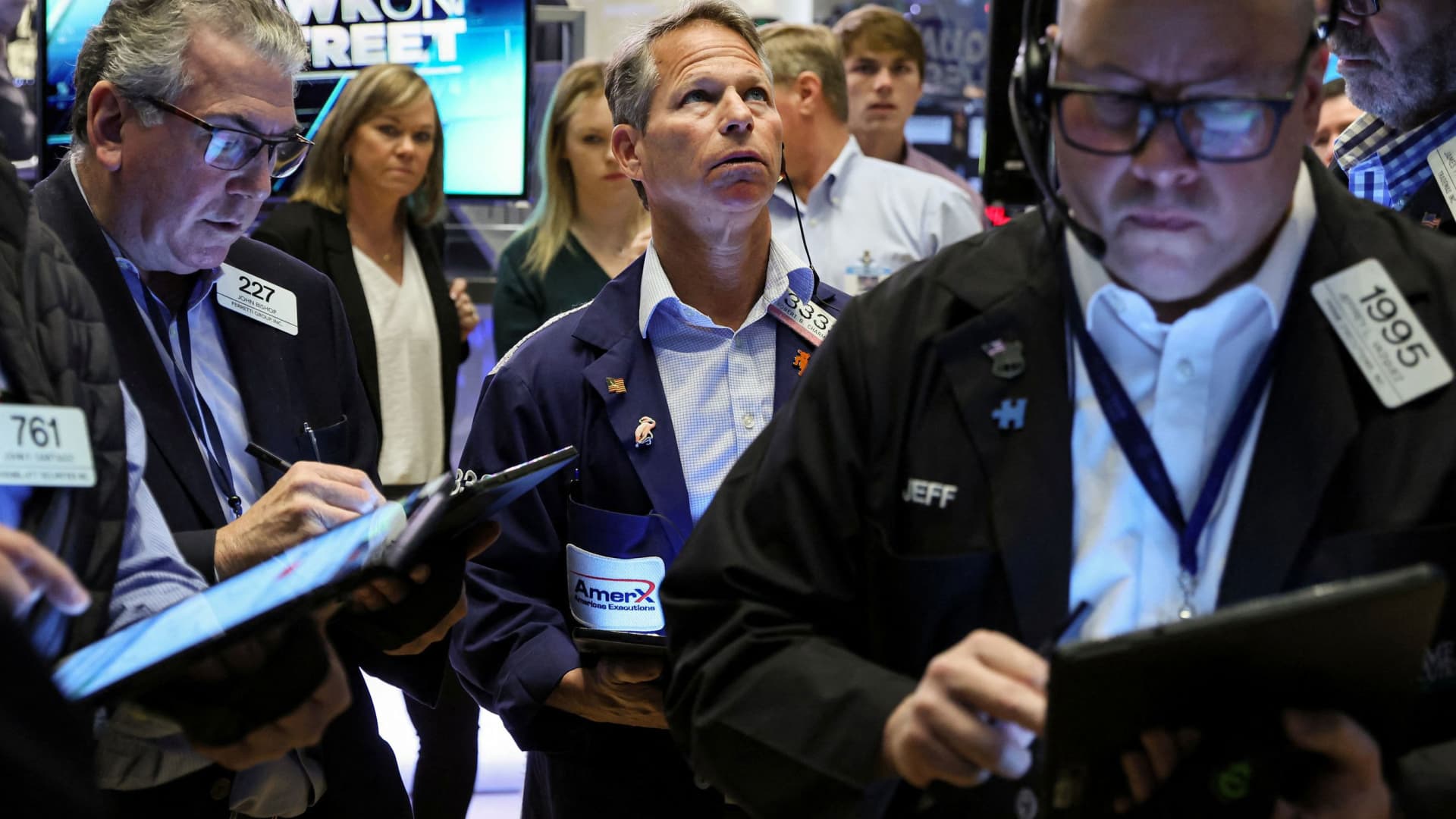
Fascination with specific market action is a mainstream part of life in the investment business. I have written several pieces that touched on the stocks with over $5 billion in market cap that fell hard from 2021’s elevated grace. That notorious universe includes 125 names that crashed 50% or more from their highs over the next twelve months. However, as the Federal Reserve moved closer to finishing its rate-hiking campaign, the market responded positively. Because of the inverse relationship between stock valuation and interest rates, many of the hardest-hit growth names charged higher. In fact, the average price appreciation of this group of 125 issues — from the Nasdaq Composite ‘s closing low on Dec. 28 — is an impressive 27.4%. Meanwhile, since that date, the S & P 500 has gained 9.8% and the Nasdaq rose 18.9% through Tuesday’s close, according to FactSet. However, in true obsessive form, if we break that cohort into quintiles, we can see an extreme diversion between the top and the bottom 25 stocks. The top quintile has risen 71.2% since the end of last year, and the cellar stocks have dropped 13.7%. That’s an incredible range in return between two groups of equities that fell a similar degree in their collapse from the top. Market cap as a differentiator What might lead to such a wide discrepancy? Not sector. Technology was widely represented as the leading industry in this universe’s five segments. What stands out is the big difference in market capitalization of the stocks in the top-performing quintile and the bottom group. The worst-performing stocks are much smaller companies than their siblings on the list. The average market cap for the top fifth is $79.5 billion compared to $15.6 billion for the lowest performers. Even if we try to normalize the stats by using the median, neutralizing some of the effects of the megacap top names like Nvidia (+93.6%), Meta (+85%), AMD (+50.3%), and Salesforce (+47%) the market caps are $17.9 billion for the winners and $8.7 billion for the losers. Why would small size be such a disadvantage over the past six months? The forward price-earnings of large cap stocks (those with a market cap that’s over $10 billion) is now 17.7, compared to 13.1 times for mid-cap ($2 billion to $10 billion) and 12.6 times for small cap ($250 million to $2 billion) stocks, according to findings from Credit Suisse. Over the past ten years, small and mid-caps have traded at comparable or even premium multiples. Understandably, smaller companies may be more vulnerable in a recession than larger businesses or even more exposed to banking industry fissures. That would explain some underperformance, but not such an extreme gap in returns. This recession has been among the most widely predicted and anticipated in history. With the surprise element gone, the corporate world has had time to prepare. If we are past most rate hikes, beyond the height of inflation and moving toward an easing in the tight labor markets, small and mid-cap companies are moving past pressures plaguing them since the pandemic. There are 4,279 stocks listed on the NYSE and Nasdaq with a market value of $5 billion or less. Their combined value equals $3.6 trillion, with the sum of capitalizations for the 1,160 companies that are worth $1 billion to $5 billion at $2.81 trillion. Apple alone has a market value of $2.6 trillion. Moving the needle on the small and mid-cap universe can happen quickly if assets shift from the megacap names or cross the sidelines into stocks that have been left behind in this rally. So it makes sense that investors take a look at this trade. Karen Firestone is chairperson, CEO and co-founder of Aureus Asset Management, an investment firm dedicated to providing contemporary asset management to families, individuals and institutions.
